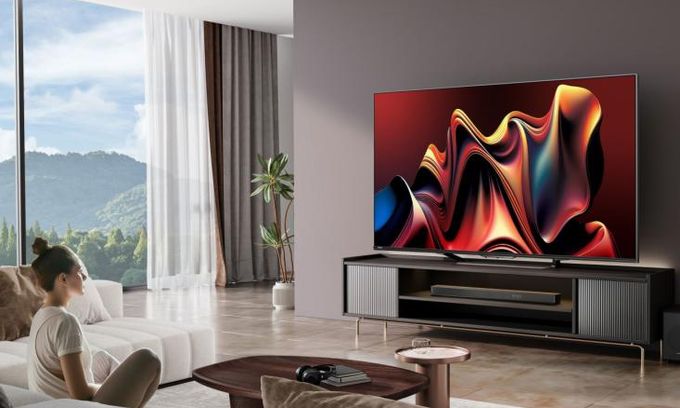Despite the tough competition, more than 90% of TV’s sales volume is divided between several industry leaders, including:
– South Korean Samsung (~ 30%) and LG (almost 20%) – all segments;
– Chinese Hisense (~ 12%) and TCL (~ 12.5%) – all segments;
– Japanese Sony and Panasonic – mainly premium segment.
More expensive Sony and Panasonic offer high innovative level with a guarantee of impeccable quality. Samsung and LG are mainly active in the upper mid and premium price segments. Their prices are also quite high, but the companies additionally offer superb service.
Until recently, Chinese Hisense and TCL confidently dominated only in the budget-friendly segment. But over the past few years, representatives of Celestial Empire have decisively invaded the premium segment, offering quite premium specs at very affordable prices. Moreover, this success is largely due to innovative technologies developed in Chinese labs. To be fair, they are often inferior in service, but the impressive gain in price compensates for this aspect.
Hisense and TCL TVs
Of course, the superb price-quality ratio ensures their high popularity. As a result, almost all bestseller lists of recent years contain Hisense and TCL models, and their comparison is becoming a tradition:
-2023 – Hisense U8K vs TCL QM8;
-2024 – Hisense U8N vs TCL QM851G;
-2024 – Hisense ULED U7N TVs vs TCL QM751G.
This year, TCL has already introduced the QM6K QD-Mini LED series, including the 98-inches model with an unprecedentedly low price of only $ 2,280.
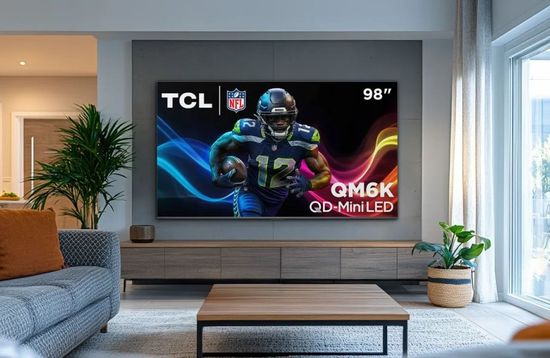
Hisense announced 4 ULED series, including:
– entry-level U6QF series switches to Amazon FireTV OS;
– U7QG – brightness up to 3,000 nits, Mini LED-based local dimming with up to 3,000 zones, a 165Hz native refresh rate, AGLR-Antiglare low-reflection panel, 60W 2.1.2 multi-channel speakers for Dolby Atmos sound, support for IMAX Enhanced, Filmmaker Mode and Dolby Vision IQ.2;
– U8QG bumps up to 5,000 nits, Mini LED and 4.1.2 channel speakers;
– U9QG has better speakers, new AI picture calibration, improved AI 4K Upscaler, AI Super Resolution, and an AI HDR Upscaler.
With the exception of the flagship U9QG, all series include 98-inches models.
Preliminary prices of Hisense U6QF:
– 55″ – £ 679 / € 599;
– 65″ – £ 849 / € 799;
– 75″ – £ 1,249 / € 1,149;
– 85″ – £ 1,549 / € 1,499;
– 98″ – £ 2,599 / € 2,199.
A native 144Hz refresh rate, two HDMI 2.1 ports for the PS5 Pro, Xbox Series X and gaming PCs, ALLM and VRR support and Game Mode Pro are idtal for gamers. The series offers Dolby Vision and HDR10+ Adaptive support for HDR games and a 2.1ch audio system with a built-in subwoofer.
Hisense U7QG, U8QG and U9QG
The U7QG series is positioned by the company as a gaming TV. Compared to the U6QF, it supports the native frame rate up to 165Hz. Additionally, the Game Booster option increases the frame rate to 288Hz for a higher FPS. TVs also support VRR, ALLM, Dolby Vision Gaming, and FreeSync Premium Pro.
According to the company, the Hi-View AI Engine Pro provides picture calibration with one click. In comparison, LG and Samsung use chatbots and ‘click-to-search’ for this purpose.
Hisense promises this series by the end of the year with prices up to $ 1,000.
The brightness of Hisense U8QG reaches 5,000 nits with 5,000 local dimming zones. It comes with 82W Dolby Atmos. 4.1.2 multi-channel sound system. The 165Hz native refresh rate hasn’t changed, but the series uses MEMC for smooth playback of fast-moving objects. In addition, Hisense promises lightning-fast response times. Of course, U8 offers Dolby Vision IQ and IMAX Enhanced.
Like last year’s ULED-X, the flagship U9QG has a 105W 5.1.2ch (4.1.2 for 65-inch) sound system with side-mounted speakers with support for CineStage X Surround, Dolby Atmos, and DTS Virtual X.
The Hisense’s highest-tier Hi-View AI Engine X chipset optimizes brightness, contrast and color accuracy in real-time. The list of its AI features includes AI 4K Upscaler, AI Super Resolution, AI Noise Reduction, AI Local Dimming, AI HDR Upscaler, and AI Depth Enhancer. Like the other series, U9QG will be available until the end of the year.
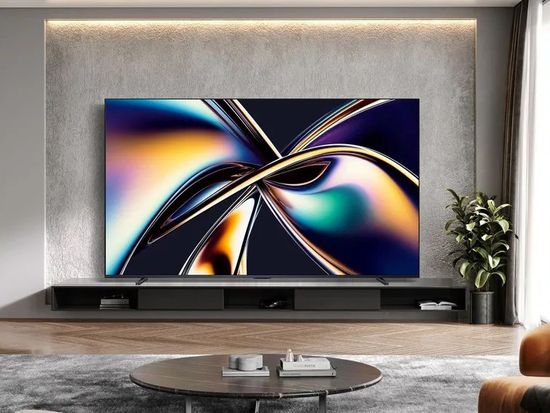
Given the announced dates, comparing the TCL QM6K with the new Hisense U6QF (2025) is hardly relevant. However, its price, specs and functionality are very close to last year’s Hisense ULED U7N. Therefore, their comparison is quite relevant.
Hisense U7N vs TCL QM6K
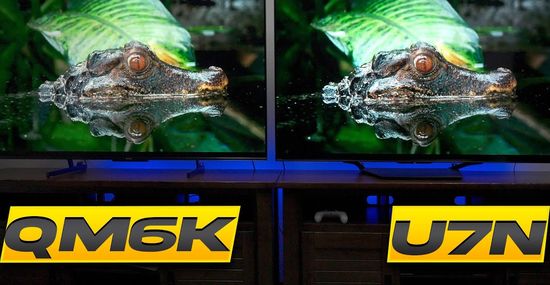
HDR Brightness (U7N vs QM6K)
– Peak 2% Window ~ 715 vs 545 nits (cd/m²);
– 10% ~ 1,160 vs 700 nits;
– 25% ~ 1,300 vs 890 nits;
– 50% ~ 935 vs 700 nits;
– 100% ~ 710 vs 450 nits.
SDR Brightness
– Peak 2% Window ~ 655 vs 510 nits;
– 10% ~ 980 vs 640 nits;
– 25% ~ 1,090 vs 815 nits;
– 50% ~ 800 vs 650 nits;
– 100% ~ 610 vs 420 nits.
Native contrast ~ 4,425 : 1 vs 6,470 : 1;
Contrast with local dimming ~ 63,100 : 1 vs 118,000 : 1.
Dimming Zone Count – 384 vs 312.
The Hisense U7N is worse at reproducing very fast-moving bright objects. In particular, their leading edge is visibly dimmer. The TVs provide good black uniformity with local dimming. The dark scene performance of both models in PC/Game and Game Master modes is approximately the same.
Color Gamut
SDR
– DCI-P3 ~ 91.10% vs 83.70%;
– BT.2020 ~ 65.40% vs 57.90%;
HDR
– 1,000 nits, DCI P3 ~ 77.5% vs 68.20%;
– 10,000 nits, BT.2020 ~ 37.0% vs 30.5%.
Both models demonstrate the same performance of Lighting Zone Precision (black quality around bright highlights or text).
EOTF in HDR of both TVs work equally flawlessly. In fact, Perceptual Quantizer Electro-Optical Transfer Function (EOTF) is a mathematical function to convert the digital signal into brightness. Its incorrect operation makes the picture too dark or too bright.
Hisense U7N smooths out artifacts better in low bitrate content and flawlessly scales low-resolution content. TCL QM6K sometimes loses detail in these processes.
Unfortunately, both TVs have a mediocre viewing angle. Off-axis viewing causes significant gamma shifting, color shifting, and brightness loss. Their gray uniformity also not ideal.
Calibration and Input Lag
Pre-Calibration / Post-Calibration (Hisense U7N vs TCL QM6K)
SDR
– White Balance dE 2000 – 5.12 / 0.22 vs 4.26 / 0.29 (good value < 3);
– Color dE 2000 – 2.70 / 0.80 vs 2.17 / 1.20 (good value < 3).
For reference, CIE dE 2000 is a refined color difference formula. Taking into account the influence of luminance, chroma and hue, it offers a more holistic understanding of color differences. In fact, a calculation using it brings the result closer to the color discrimination threshold of the human eye on the solid color space of CIE Lab (L*a*b* color space).
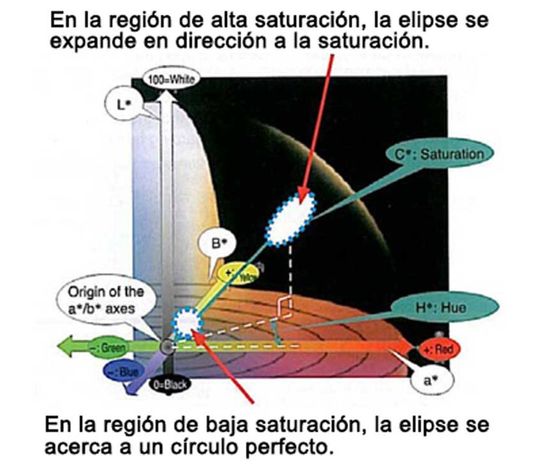
– Gamma – 2.23 / 2.20 vs 2.15 / 2.19 (2.1 – 2.3);
– Color Temperature – 7,076K / 6,511K vs 6,463K / 6,533K (6,500K is a standard color temp).
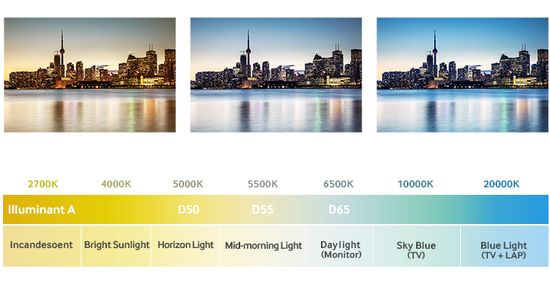
HDR
– White Balance dE ITP – 7.64 / 4.90 vs 8.20 / 5.70 (good value < 9);
– Color dE ITP – 10.6 / 8.50 vs 6.3 / 4.90 (good value < 9);
– Color Temperature – 7,066K / 6,983 K vs 6,609K / 6,511K.
The TCL QM6K’s settings are slightly more accurate out of the box, but after calibration they are almost identical. Sure, perfectionists can have fun tweaking them closer to perfection, but for most people the factory settings are accurate enough.
Input Lag:
– 1080p @ 60Hz / Max Refresh Rate – 14.3 ms / 5.7 ms vs 10.4 ms / 5.6 ms;
– 4k @ 60Hz – 4.1 ms vs 3.1 ms.
With Game Master, TCL QM6K has very low input lag at any resolutions and refresh rate combinations. But to be honest, Game Mode responsiveness of Hisense U7N is also sufficient even for very ‘heavy’ games.
Conclusion
Overall, the companies offer almost identical TVs. Of course, their specs are slightly different, but given their redundancy, this is not essential. However:
– Hisense U7N is slightly cheaper ($ 700 vs $ 750 for 65″), but the traditional correction of launch price can change it in favor of TCL;
– the U7N is brighter and has a wider color gamut, but the QM6K is significantly more contrasty;
– TCL has more accurate pre-calibration ‘out of the box’, but after calibration the settings are equally good;
– the input lag of the TCL is lower, but the responsiveness of both TVs is sufficient even for very ‘heavy’ games;
– the Hisense U7N is worse at reproducing very fast-moving bright objects, but better smooths out artifacts in low bitrate content and flawlessly scales low-resolution content.
In fact, the choice depends on secondary factors, including service, personal attitude to brands, and, of course, discounts. But overall, both TVs offer a superb price-quality ratio.
Until recently, models with quantum dot technology (high brightness and color accuracy) and Mini LED backlight (superb contrast with local dimming) were positioned as premium TVs, and the price of a 65-inch size significantly exceeded $ 1,000. Chinese giants have successfully reduced prices to the budget-friendly segment, while maintaining high image quality.
Video introduces Hisense U7N ULED 4K Mini-LED Pro gaming smart TV.
